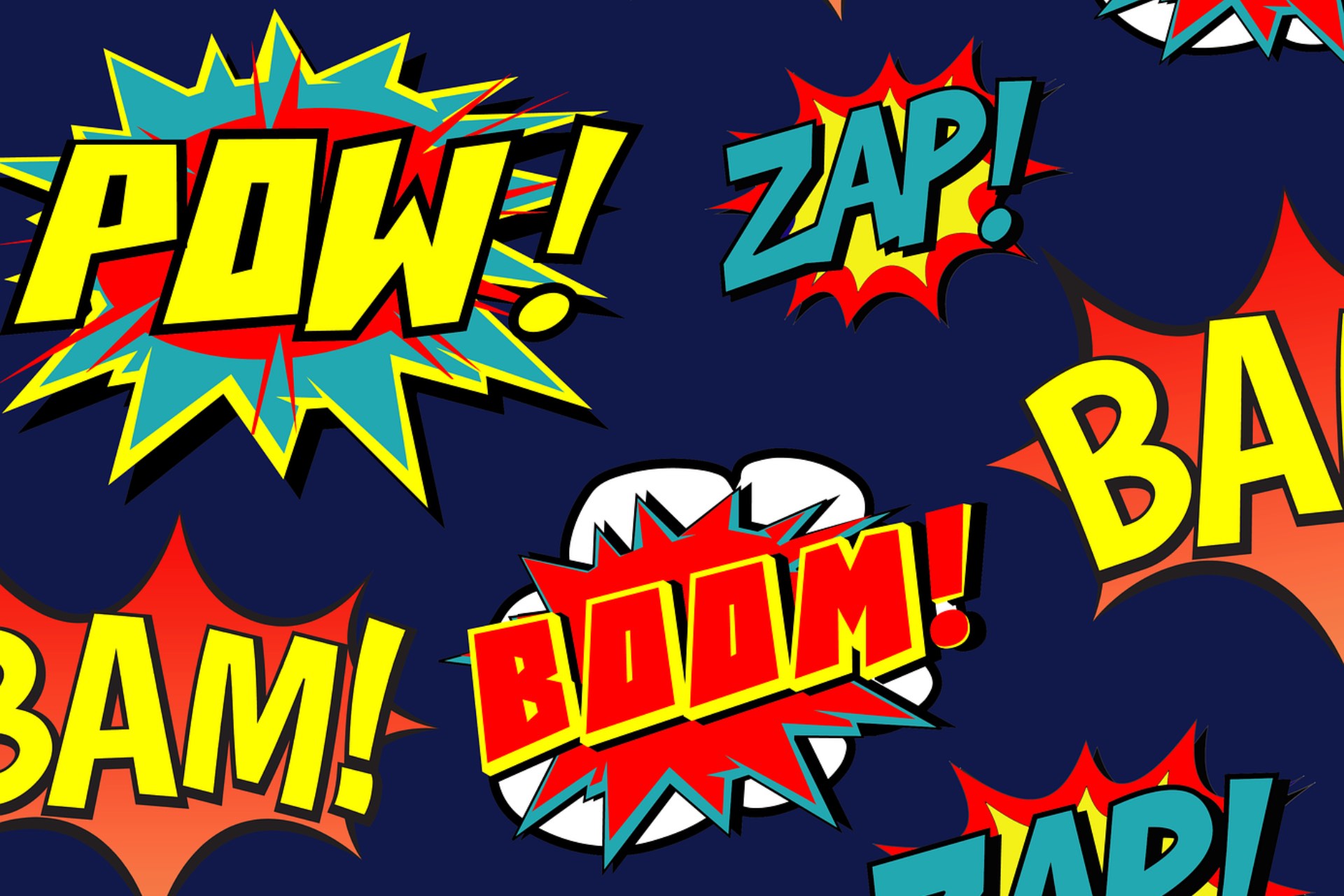The story of ComiXology (another Amazon casualty)
The world of comics is mainly made of paper, but for a short period this was not the case. In around 15 years of existence, the ComiXology app and portal made a difference in the sale of digital comics in the United States. A story that ended bitterly in 2023, with the total absorption of its catalogue into Amazon Kindle.
The initial intuition
It all started in 2007, when David Steinberger, John D. Roberts and Peter Jaffe decided to create a platform capable of bringing paper comics closer to the digital world. The service was designed to help readers discover new releases and comic book stores manage orders. The idea earned the three the Business Plan Competition at New York University and, thanks to it, they began to receive funding. Ten years later, Roberts said that he had had the idea back in 2006, when he was working for Marvel on the development of software capable of tracking the comics distributed and sold each month.
But 2007 turned out to be the right year, because with the launch of the first iPhone, apps were also born. The US comic book market was already under pressure from piracy, but with the internet within everyone’s reach, the phenomenon became more frequent and less easy to control. So why not invest in the digital format?
The real leap forward for ComiXology came in 2009, when it launched its iPhone app and the first digital comic book. New Guided View technology shook up a still immature market and established itself as the viewing standard. The ability to zoom in on individual panels to scroll through them sequentially, adapting the reading experience to the small size of smartphones, proved to be the winning card for immediate success.
The rise as a global store
Marvel immediately sensed an opportunity and, at the end of the same year, commissioned the founders of Comixology to develop an app dedicated to their comics for the iPad, which was due to be released shortly thereafter. The rest is history. ComiXology quickly became the go-to place for major American publishers and users, who got used to finding new releases on Wednesdays not only in comic book shops but also on their smartphones. 2013 saw the introduction of Submit, a programme that allows independent authors to upload their work directly to the store.
At the end of the year, ComiXology announced some staggering official figures: over 200 million cumulative app downloads, more than 4 billion pages sold/read in total and a catalogue of over 45,000 titles from more than 75 publishers. Not surprisingly, for three years in a row, it was the most profitable non-gaming app on the iPad.
The acquisition by Amazon
2014 marked a turning point: Amazon acquired ComiXology. For the platform, this meant new resources and global visibility, but also restrictions and a significant reduction in freedom of use. Shortly afterwards, in-app purchases on iOS and Android were disabled to avoid commissions to the respective stores: users had to go to the website to buy comics, a step that many perceived as a complication.
Despite this, the platform continued to grow and Amazon launched new services in the following years. In 2016, ComiXology Unlimited arrived, a monthly subscription offering access to thousands of titles. In 2018, ComiXology Originals debuted, a line of exclusive digital comics, published directly online and often created by leading names. For a few years, the platform managed to maintain its own identity, with loyal readers and a central role in the comic book ecosystem.
The slow decline (and sad end)
From 2021, and especially during 2022, Amazon will begin migrating to Kindle, with the aim of unifying all digital content into a single app. Among the various new features of version 4.0 of 17 February 2022, for which Amazon provides no explanation, is the closure of the digital store and the migration of Submit services to KDP, which is causing considerable turmoil in terms of royalties and payments.
Staff cuts (around 18,000 redundancies in 2022) are followed by the departure of founder Steinberger and Moser (the creative director of ComiXology Originals). Protests from the community multiply until the end of 2023, when Amazon officially closes the ComiXology app. From that moment on, all content remained accessible only via Kindle, with the store incorporated directly into Amazon.
A legacy that endures, but for how long?
The news left a bitter taste in many people’s mouths, because ComiXology was not just a tool. It was perceived as a community, a place tailor-made for comic book readers. Its influence is still evident today. ComiXology proved that digital comics are not a fallback, but a new way of enjoying them. It gave independent authors visibility like never before. It set technological standards, starting with Guided View, which still influence apps in the sector today.
Unfortunately, there are many obstacles that people are unwilling to overcome. Many stores do not accept fixed layout ePubs (the typical format for comics), there is a lot of censorship of graphic content, and e-readers do not offer truly comprehensive support for easy reading. Not to mention the issue of accessibility, which has complicated everything without any real market need.
One question, among many, remains unanswered: is the future of digital comics approaching that of ComiXology?





